While traveling abroad has many joys (broadening your horizons, meeting new people, tasting delicious foods you’ve never heard of before), sometimes, being in a foreign place can also be scary—especially if things go haywire. What happens when disaster strikes? Does your phone have cell or WiFi service? Are you able to speak the language well enough to convey what’s even happened?
Questions like these raced through Ana Ochoa’s mind when she witnessed her 83-year-old father miss a step and then fall, hard, onto the pavement outside of a Madrid restaurant as they were leaving. Luckily, an ambulance arrived, and her father was whisked off to Hospital Clínico San Carlos, one of Spain’s most respected medical institutions.

Once there, the doctors jumped into action, administrating x-rays and properly treating Ana’s father’s injuries, which was later determined to be a fractured humerus—a painful rupture in the bone that connects the shoulder to the elbow.
Watching the process unfold before her eyes, Ana felt relieved, knowing that her dad would be okay. But there was another feeling, too: panic. How much was this bill going to cost? He’d ridden in the ambulance, received multiple X-rays, and was being sent home with prescribed pain medication: all without any form of local health insurance. She knew that if this had happened back home in the U.S., the price would be astronomical, where the ambulance ride alone could cost anywhere between $400 to $1,200, depending on the distance. (A number that nearly doubles for anyone uninsured.)
So, when the hospital bill arrived in the mail days later, Ana and her family steeled themselves, expecting the worst. “It was a pretty big hospital visit, you know, with all the things,” she explains in a TikTok called “When the ambulance bill is cheaper than an Uber ride in LA. 🚑😳” (Mid-sentence, her dad appears in the background, and Ana says, “Oh, there he is! With his sling.”) “So, we get the bill. Guess how much it is,” she continues. “He has no insurance, he’s not from Spain, he doesn’t live here.” She holds up a piece of paper to the camera. “Can you see it?”
€185 euros. That’s how much the entire hospital bill cost. That’s approximately $193.96 in the United States.
Culture shocked
Ana, along with her husband and two young children, moved to Spain from California less than a year before her dad’s accident. “We have wanted to do this for a long time as a family, and we feel like right now is the perfect time to move to Spain,” she wrote in an earlier post. “We are looking forward to this new adventure… traveling to Europe, the food, the culture, and for the kids to fully learn Spanish!” Since arriving in Madrid, she’s documented the family’s adventures, enjoying the country’s beautiful beaches, restaurants, and music.

However, she never expected to fall in love with Spain’s healthcare system. This experience radicalized Ana, opening her eyes to what she believed was 'normal' in the U.S. Her story, which has gained over 1,000,000 views on TikTok and Instagram combined, has sparked an international conversation online, with many surprised Europeans and Spaniards baffled to learn about the U.S. healthcare system for the first time.
“In Belgium, we have something called ‘gemeentebelasting.’ City taxes once a year, and that pays for [ambulances and emergency services], just like firefighters. My last surgery cost me €75 ($81),” writes commenter Vanessa Neetesonne.
“I live in the U.K., had an operation, stayed in the hospital a few nights, had biopsies, etc., and paid nothing. I have lifelong medication for free, too,” adds another.
“In Europe, health is a right, not a business,” another comment reads, which garnered over 13,000 likes.

In a video captioned, “Ambulance rides in the U.S.: a luxury service, apparently,” Ana offers a sobering glimpse into her home country’s healthcare system. “Why do we pay for ambulances? Why don’t our taxes pay for ambulances like they pay for firefighters and the police?” she begins. “People take Ubers to the hospital because they don’t want to pay the ambulance fees… and in Spain, it’s free. It wasn’t the ambulance bill we were paying for, actually. It was the ER bill, the X-ray bill. The ambulance was free! It was zero!”
An alternate American nightmare
Had Ana’s father been in the U.S. when he broke his humerus, the outcome would have been dramatically different. Even with decent health insurance, after all the deductibles and co-pays, he still could have been looking at a $1,000 to $3,000 bill: somewhere between 5 and 15 times more than what he paid in Spain.
But without insurance? The fall Ana’s dad experienced would have become a major financial nightmare.

The hidden costs add up for the uninsured:
- Ambulance: Anywhere between $400 and $1,200, depending on the length of the drive, what part of the country you’re in, and whether the ambulance is publically or privately operated.
- Emergency room visit: Uninsured ER visits for injury evaluations can range wildly between $1,000 to $3,000.
- X-rays: A suspected fracture may require multiple X-rays, which can run between $300 to $1,000.
- Prescribed medication: Pain relievers and anti-inflammatories could add another $50 to $200.
Based on that information, Ana’s initial evaluation and treatment could have easily cost over $5,000 in America. The total bill would climb significantly if he needed any further treatment (follow-up visits, surgery, etc.). Or, as one of Ana’s commenters put it, “Welcome to first-world medicine.”
Protect yourself abroad
Although Ana’s eye-opening story has proven that out-of-pocket medical care in other countries can be surprisingly affordable, there are certain medical precautions every tourist should take.

- When seeking care, always bring your passport and credit card. Certain facilities in popular tourist destinations can provide itemized receipts for insurance reimbursement.
- For medication, always bring enough to last you through the trip, plus extra.
- Carry all medication in original labeled containers.
- Consider bringing a doctor’s letter describing your condition(s) and/or prescription(s).
- Research local brand names for your medication.
For Americans who have become numb to five-figure hospital bills, stories like these offer a glimpse into different healthcare models around the world. Healthcare is one of the most divisive issues in U.S. politics at the moment, but no matter where you fall on the issue, it’s helpful to consider alternative options—and to remember that systems can always be changed.





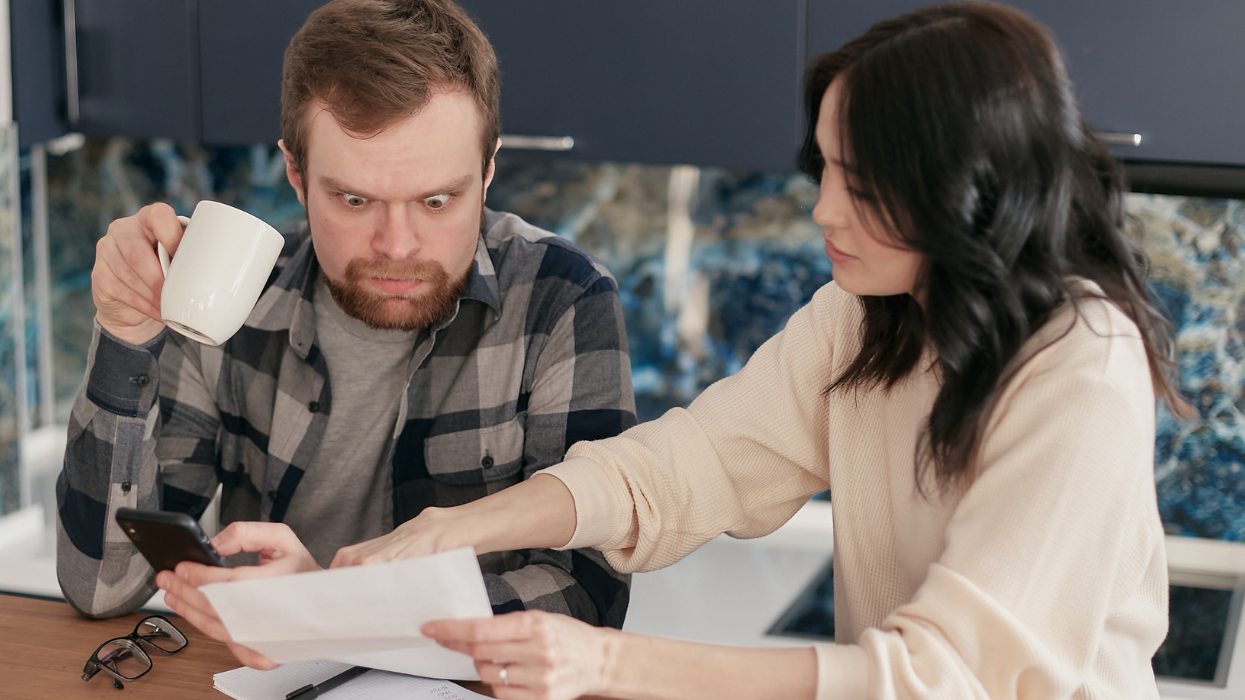

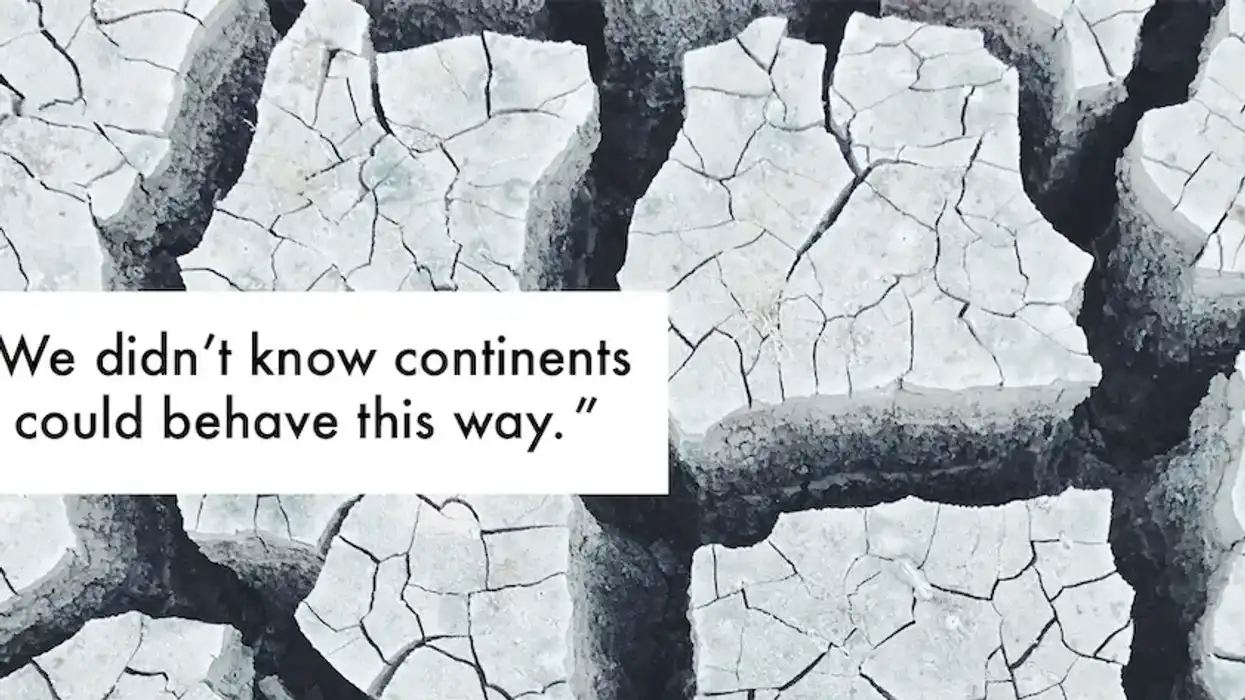

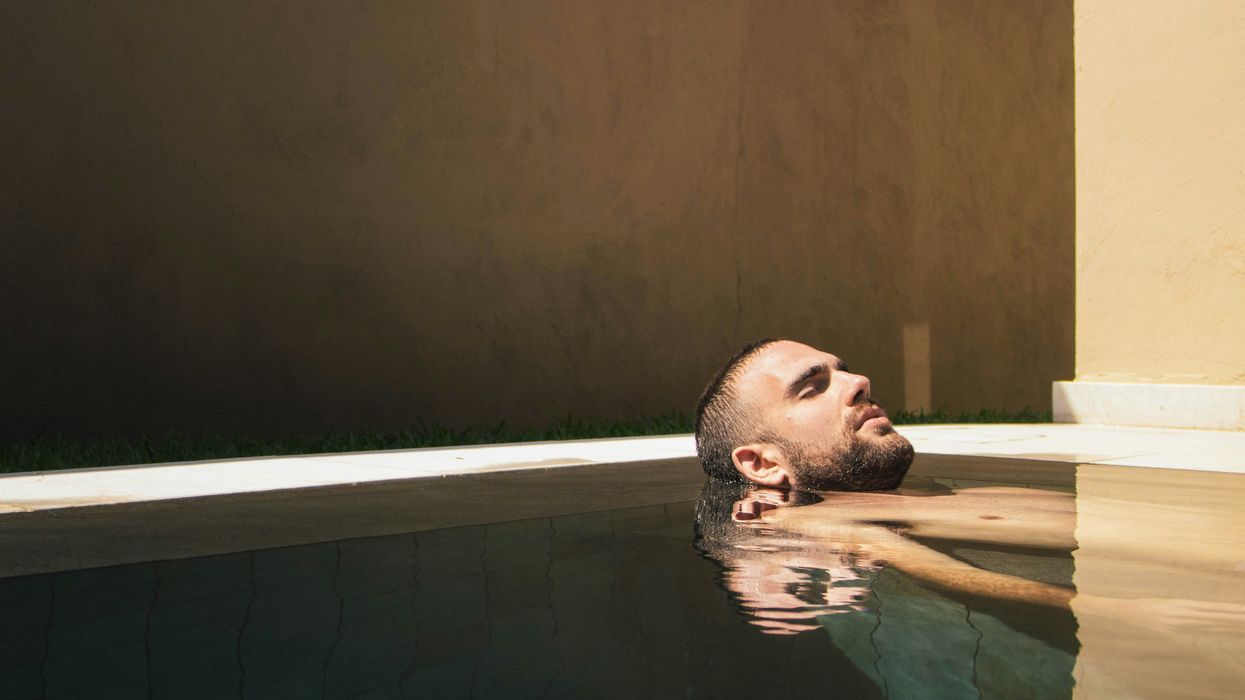
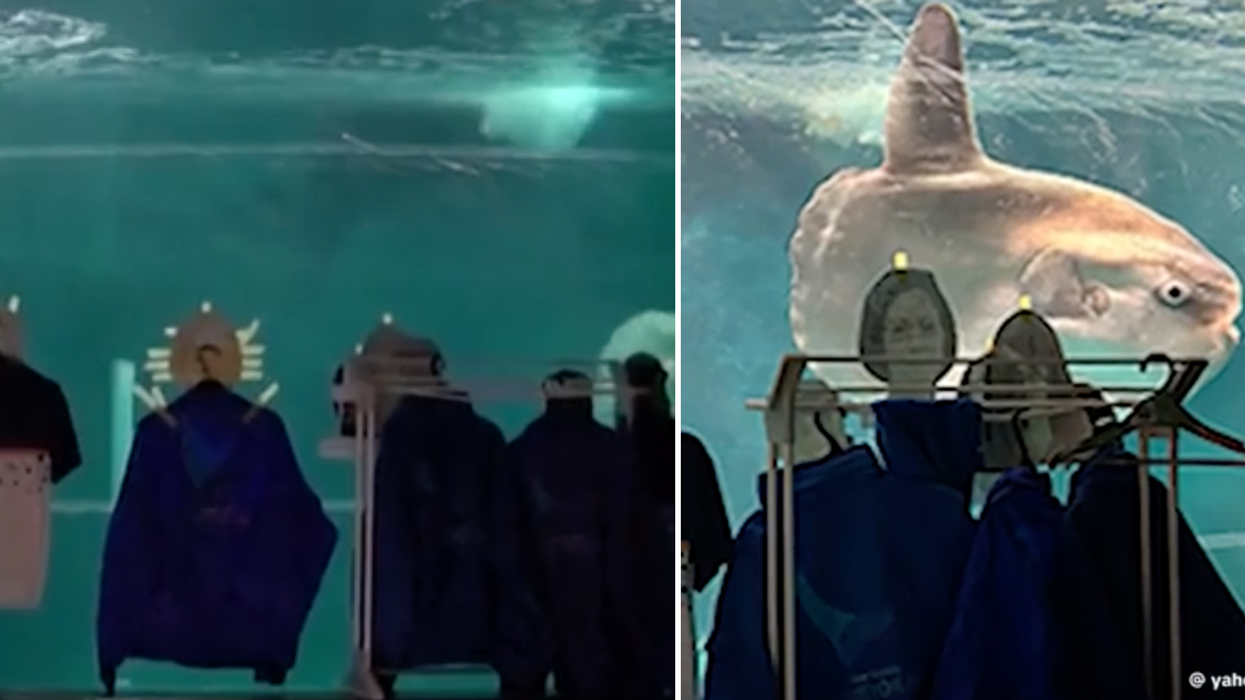

 A daunting mess was no match for one woman. Jonna Roslund, used with permission.
A daunting mess was no match for one woman. Jonna Roslund, used with permission. 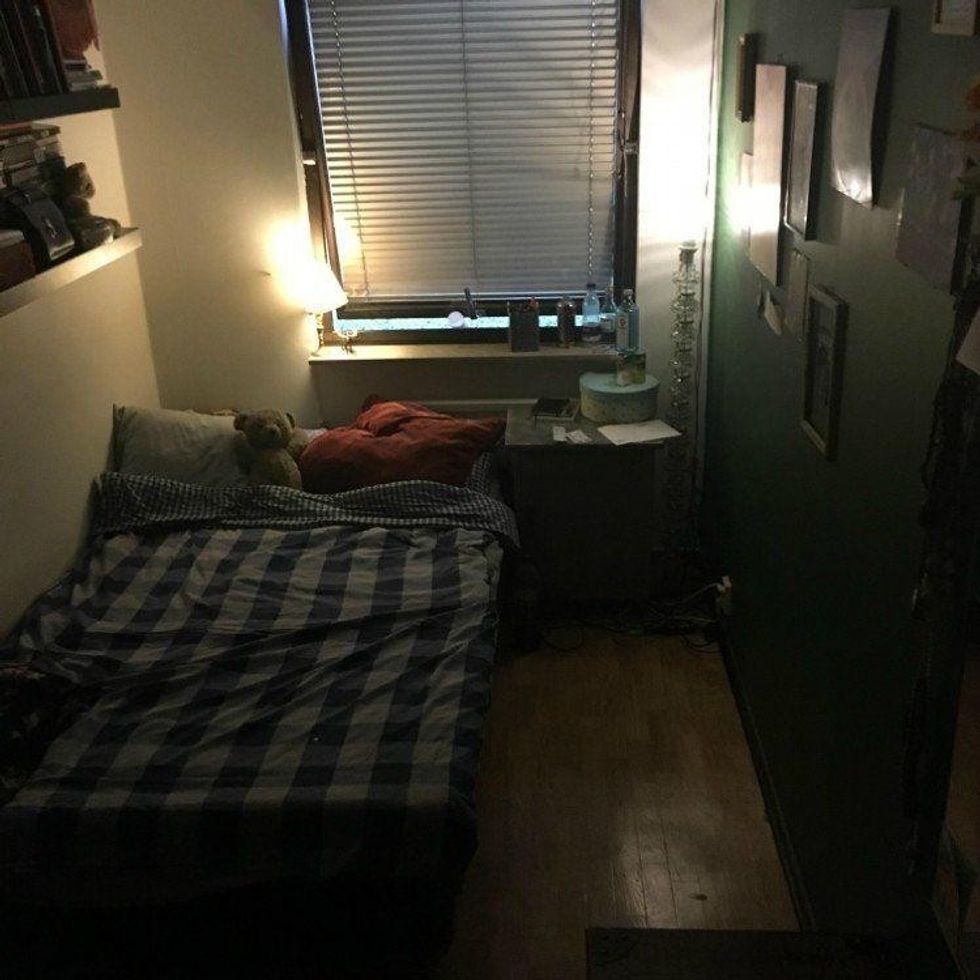 What looks like just a tidy room was actually a giant victoryJonna Roslund, used with permission.
What looks like just a tidy room was actually a giant victoryJonna Roslund, used with permission.  Jonna Roslund, used with permission.
Jonna Roslund, used with permission. 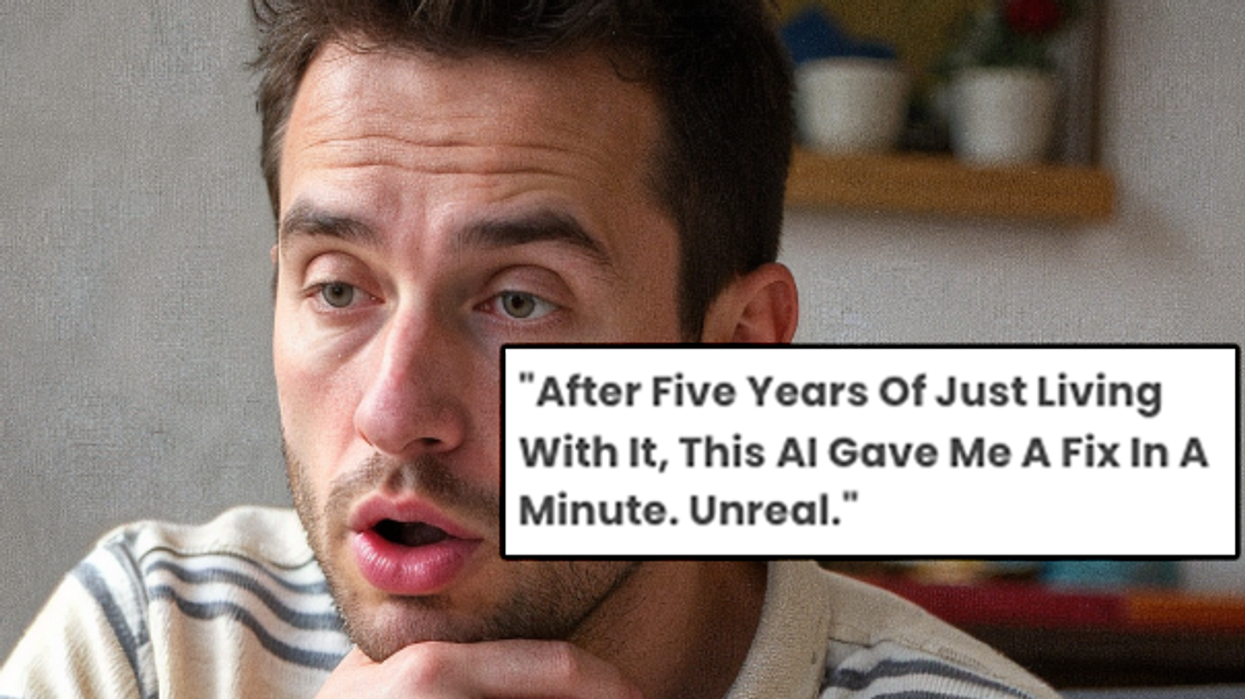


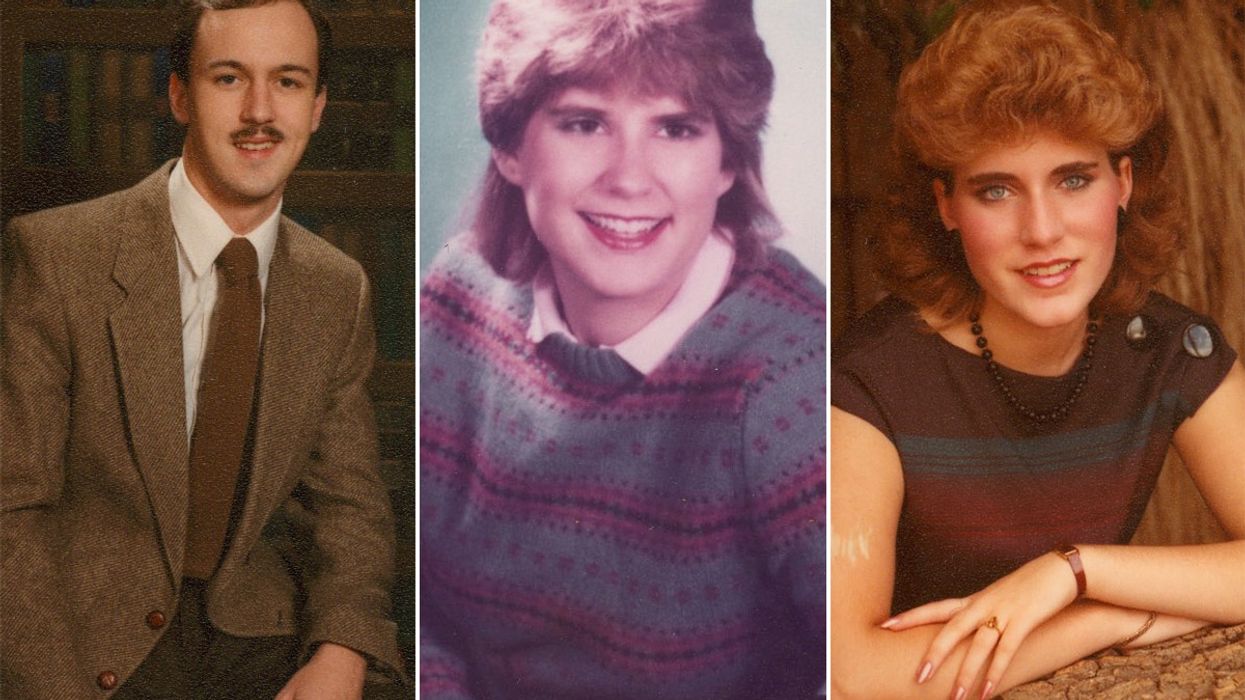

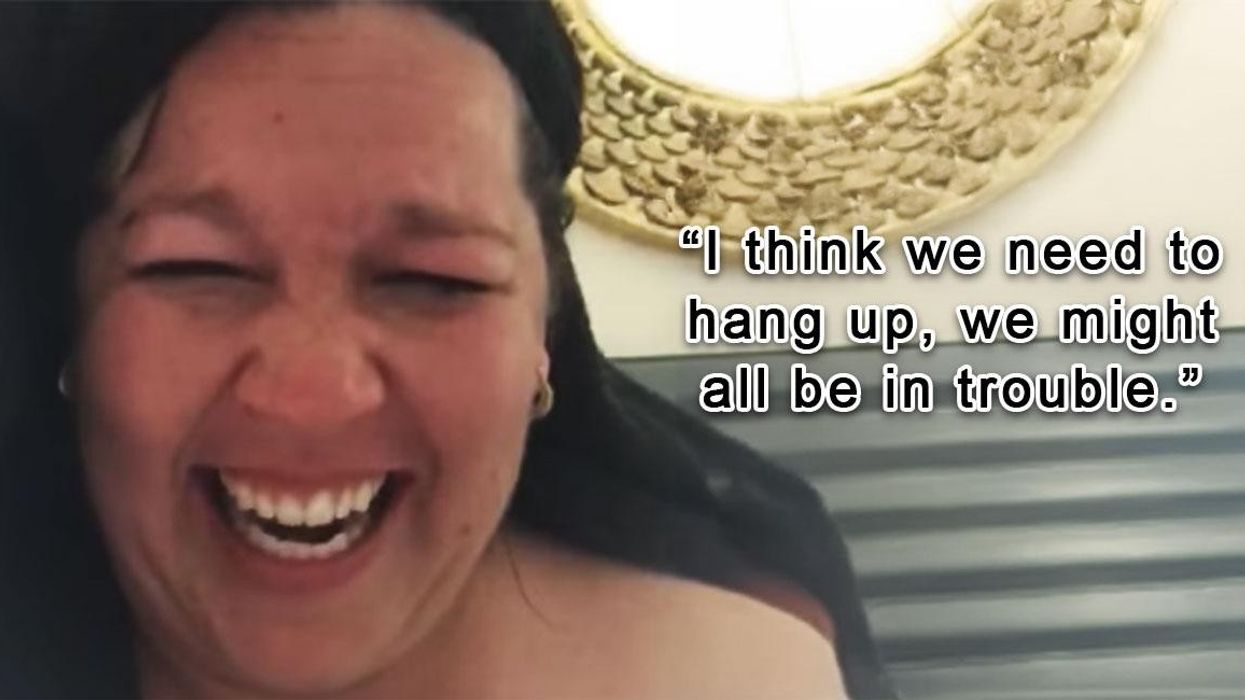

 man in white dress shirt sitting beside woman in black long sleeve shirt Photo by
man in white dress shirt sitting beside woman in black long sleeve shirt Photo by 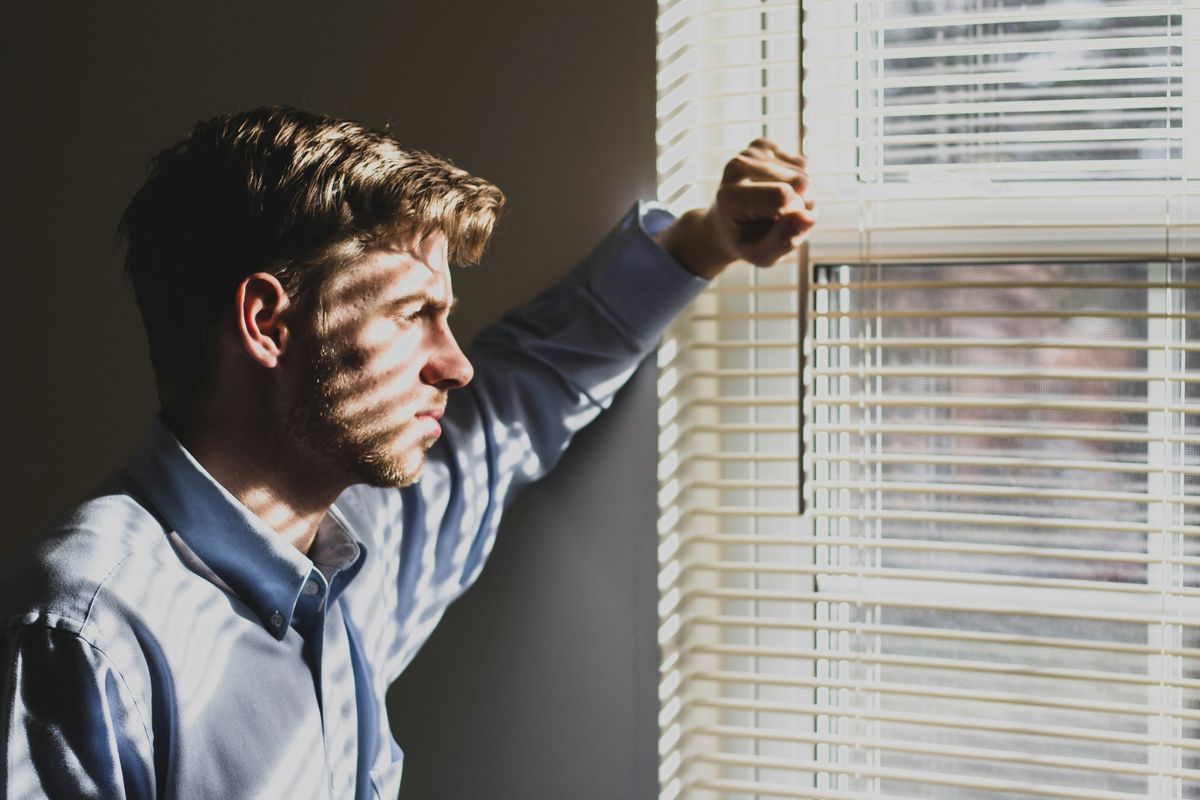 person near clear glass window pane and window blinds low-light photography Photo by
person near clear glass window pane and window blinds low-light photography Photo by 
 Happy Full House GIF
Happy Full House GIF  The Fresh Prince Of Bel Air Reaction GIF
The Fresh Prince Of Bel Air Reaction GIF 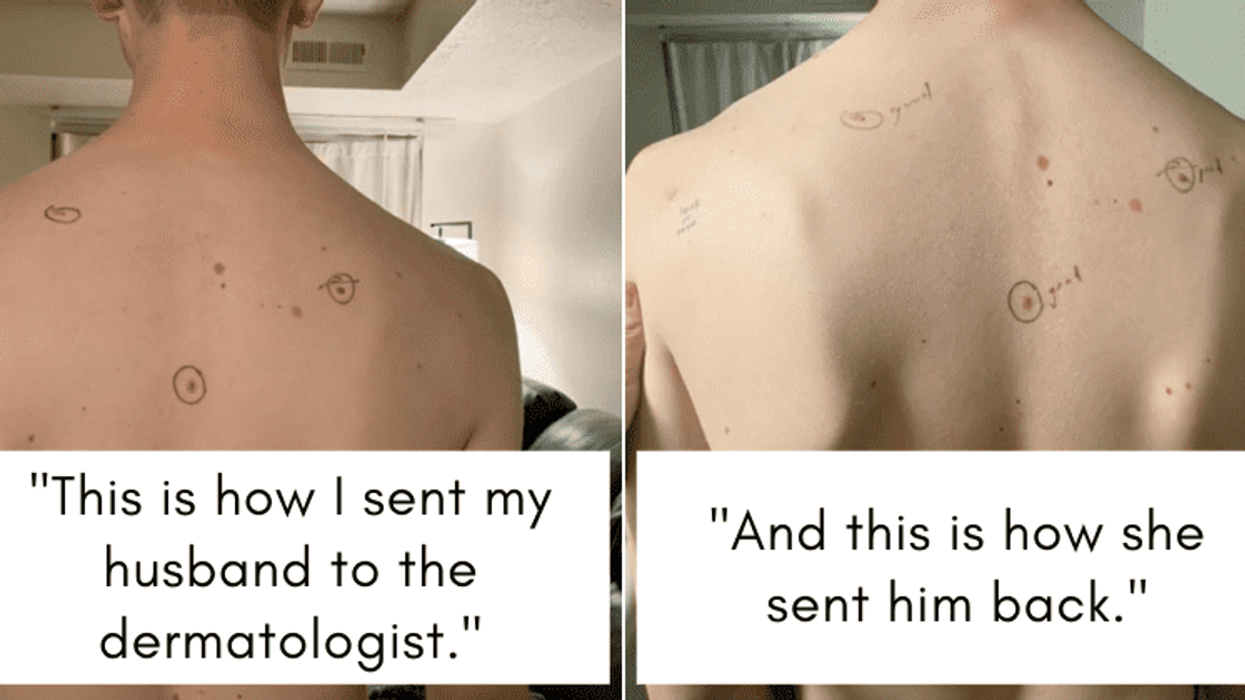
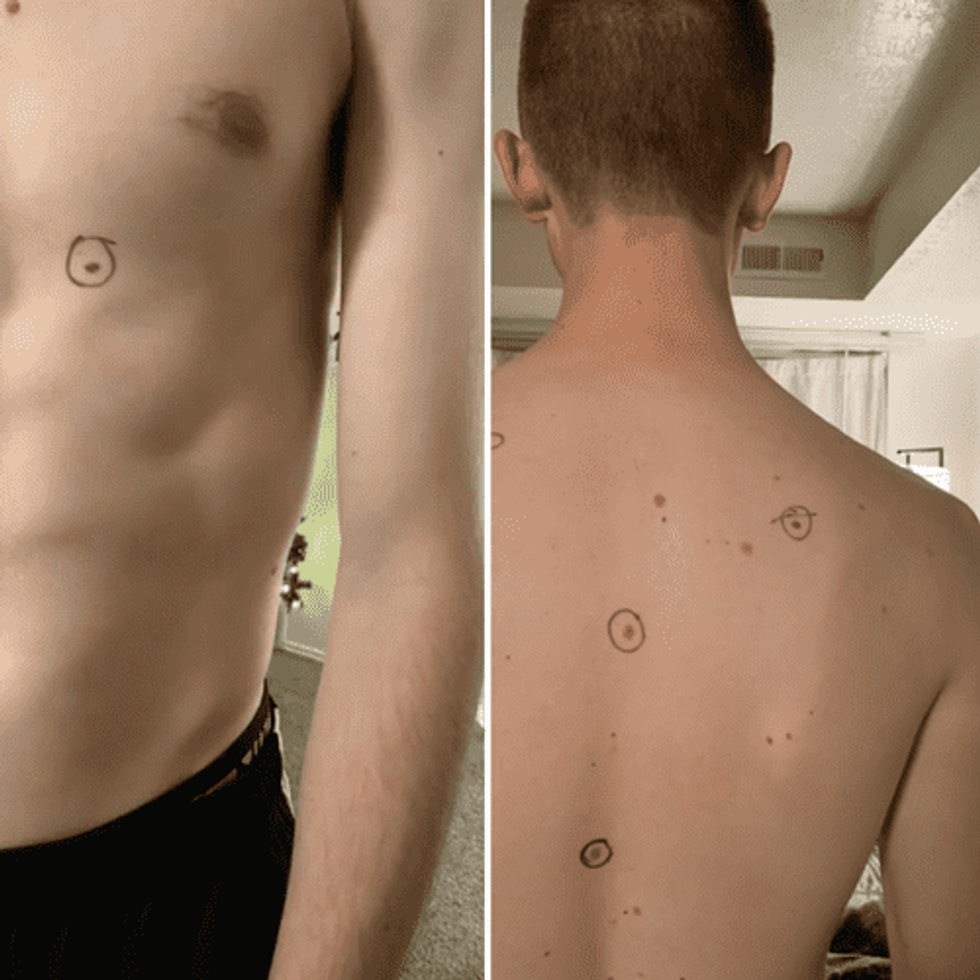 TikTok | @brinleemiles
TikTok | @brinleemiles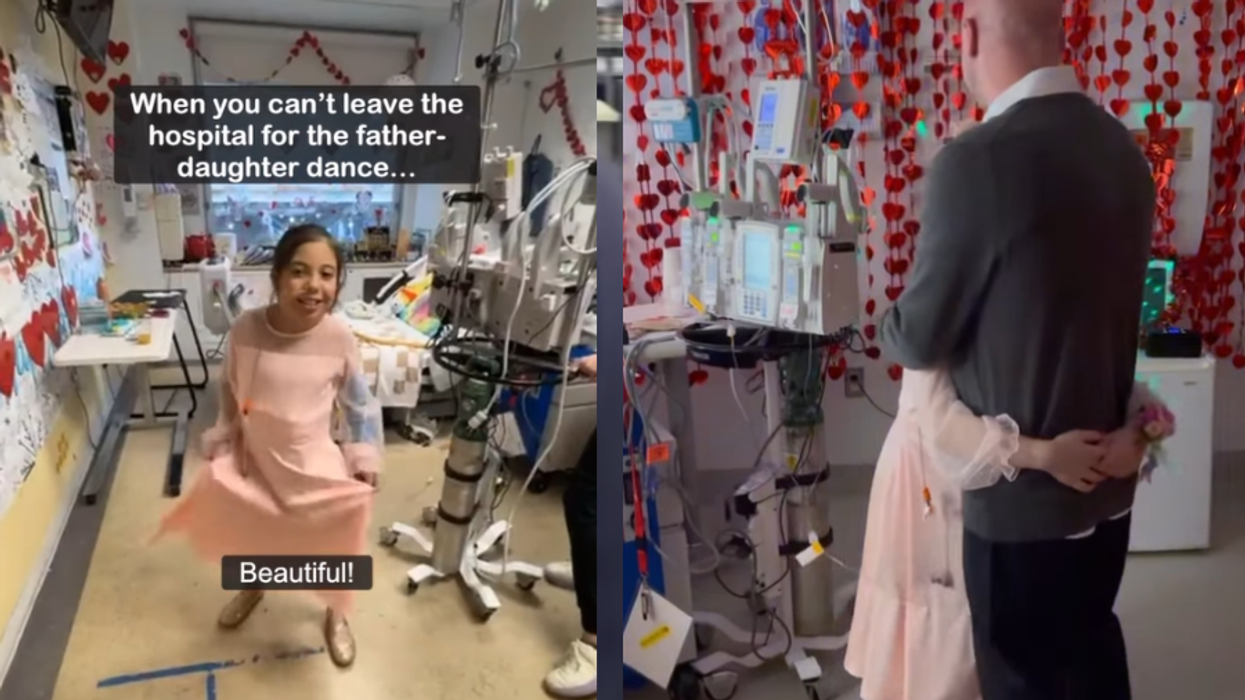
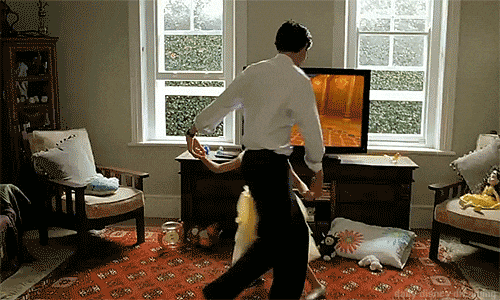 Fathers Day Dance GIF
Fathers Day Dance GIF  Billy Crystal Crying GIF by MOODMAN
Billy Crystal Crying GIF by MOODMAN